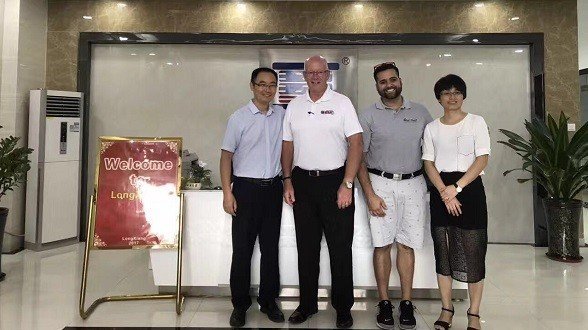Imagine you have a brilliant product idea — a casing, a mechanical part, a medical device enclosure — but you don’t yet know whether the design will work in real life or how it will hold up under real conditions. You could 3D-print a mock-up, but that may not mimic the actual material behavior, snap strength, or surface finish. That’s where prototype injection molding comes in.
Injection molding prototyping (or injection molding prototype) bridges the gap between concept and full production. It gives you functional, production-like parts in small quantities. You test, validate, adjust — and then scale. Unlike additive methods, you get real thermoplastic behavior, proper tolerances, and real finish options.
What Is Prototype Plastic Injection Molding?
A prototype plastic injection molding process uses smaller-scale or softer molds (often aluminum or softer steels) to produce a limited run of parts that mimic production conditions. These molds are less durable than full hardened production tools, but they let you test your design under real injection conditions — gate location, cooling, shrinkage, warpage, surface finish, and function.
You can think of it as the “dress rehearsal” for your part before full-scale production. You discover flaws early, optimize your geometry, and avoid costly rework. Many top manufacturers (like Xometry, Protolabs, Elite Mold) offer prototype injection molding services to provide a stepping stone between concept and mass manufacturing.
Some key benefits of prototype injection molding:
Material realism: You can use the same or similar materials (ABS, PP, PC, medical resins) you plan later.
Tolerance & fit: You can test interfaces, snap fits, interlocking parts.
Surface finish & aesthetics: You see exactly how textures and appearances look on molded parts.
Functional testing: You test real mechanical behavior: flex, stress, wear.
Iteration before scale: Catch design issues before expensive steel tooling.
Industries like medical, automotive, consumer electronics, and aerospace often use injection molding prototyping to validate designs before committing to expensive production tooling.
When Should You Use an Injection Mold Prototype?
You don’t always need a prototype injection molding run — sometimes 3D printing or CNC prototypes suffice. Use this method especially when:
You need true material behavior — when the functional performance of your final polymer matters (strength, wear, heat, fatigue).
You want realistic surface finish or texture — to assess final aesthetics.
Tolerance matters — mating parts, snap fits, gears, alignment.
You want early validation — but before investing in full production tooling.
You plan to scale — so your prototype mold should reflect your future production mold.
If parts are purely visual or low-stress, additive or machined prototypes may be enough. But when your design needs real-world validation, go prototype injection molding.
One of the competitors, Elite Mold, often uses Class 105 molds built from aluminum or soft steel to reduce cost and speed while still giving meaningful prototyp
The Process: How We Do Prototype Injection Molding at LXG Mold Tooling
Here’s a step-by-step walkthrough of how LXG Mold Tooling handles injection molding prototyping / rapid injection molding prototyping:
1. Initial Design Review & DFM
You send us your CAD file or design sketch. Our engineers conduct a Design-for-Manufacturability (DFM) review: checking wall thickness, draft angles, gating, ribs, shrinkage allowances, and undercuts. We suggest design tweaks that make the injection mold prototype more reliable.
2. Material Selection
We help you choose a suitable resin (ABS, PP, PC, PET, medical-grade, etc.). For prototyping, we may use a compatible or substitute material if the ideal resin is expensive or difficult. This ensures your injection molded prototypes still mimic performance.
3. Prototype Tooling Fabrication
We fabricate a prototype mold — usually aluminum or softer steel — optimized for short runs. This is the rapid tooling injection molding stage. The mold is designed to mimic the gate location, cooling channels, and part layout you expect for final production.
Because this mold is not hardened, it wears out faster, but it’s ideal for validating your design. Top firms like Xcentric also operate in this way, optimizing speed and c
4. Trial Runs & Tuning
We run a few cycles to stabilize temperature, injection speed, and cooling. We inspect parts (CMM, dimensional checks, visual) and may tweak the mold or process to optimize performance.
5. Prototype Delivery & Feedback
You receive a batch of injection molding prototypes. You test them (fit, form, function). You send us feedback — maybe you need small tweaks.
6. Iterations (if needed)
If modifications are needed, we adjust the mold or design, run new prototyping, and repeat until it meets your validation criteria.
7. Transition to Production
Once the prototype is validated, we scale to hardened production molds / tooling and begin mass manufacturing. The learnings from the prototype mold reduce risk in the production stage.
At LXG, all this is done under one roof — design, prototype tooling, molding, finishing — so communication stays tight and timelines are shorter.
Advantages of Rapid Injection Molding Prototyping
Why go through all this instead of skipping to the full mold? Because rapid prototyping injection molding offers huge advantages:
Reduced risk: You can catch issues before full production.
Faster feedback loop: You iterate quickly and improve your design.
Better predictability: You see shrinkage, distortion, cooling effects early.
Marketing samples: Use injection molded prototypes in trade shows, pitches, and product demos.
Better transition to final mold: The prototype mold informs the production design.
Cost efficient: For small quantities, cost per part is reasonable, and you avoid expensive rework of full molds.
Protoshop, for example, emphasizes that prototype injection molding gives performance closer to production parts compared to 3D printing alone. Protoshop Inc.
Challenges & How LXG Mold Tooling Solves Them
Yes, prototype injection molding has challenges — but we’ve built systems to handle them.
Challenge 1: Mold wear
Because prototype molds are softer, they degrade over time.
Our solution: We design for limited life, plan cooling and gating carefully, and cap run quantities to safe limits.
Challenge 2: Cost vs. 3D printing
The mold cost can outpace simple 3D printing for very small runs.
Our solution: We advise when additive is enough, and use economical prototype mold designs (Class 105, soft blocks) to reduce cost.
Challenge 3: Iteration time
Tool changes are slower than pure printing.
Our solution: We design modular tools, use quick-change inserts, and maintain an agile prototyping workflow.
Challenge 4: Material selection and availability
Not all engineering resins are easy to prototype.
Our solution: We stock a broad resin library and help you choose compatible materials for prototyping that mirror final performance.
Challenge 5: Transition risk to production
Prototype molds may not fully mimic production molds.
Our solution: We use the prototype mold as a learning basis and incorporate mistakes into the final tooling design, reducing surprises.
Use Cases & Applications
Here’s how clients typically use injection molding prototyping in real product workflows:
Medical devices — prototype housings, plastic components, instrument enclosures to validate sterilization, fit, and function.
Consumer electronics — test snap-fit cases, buttons, display bezels before large runs.
Automotive parts — evaluate dashboard trims, connectors, clips under heat or vibration.
Robotics & industrial tools — prototype gears, fixtures, housings under mechanical load.
Packaging & closures — test caps, lids, containers for fit and seal.
One competitor, Xcentric, supports runs of just 25 parts for prototype injection molding. Xcentric Mold
How to Order Prototype Plastic Injection Molding at LXG
If you’re ready to move from idea to testable parts, here’s how easy it is with LXG Mold Tooling:
Submit Your CAD / Design Files
Send us your 3D models, part drawings, or even sketches.Describe Your Requirements
Tell us target materials, tolerance levels, finish, number of parts desired.Get a Design-for-Manufacturability (DFM) Review
We review and propose improvements to ensure your part molds well.Prototype Tooling Build & Mold Simulation
We build the prototype mold and simulate likely challenges, optimizing before molding.Prototype Runs & Delivery
We run small batches, inspect them, and ship injection molded prototypes to you.Feedback & Iteration
You test, give feedback, we tweak and re-prototype if needed.Scale to Production
Once you’re satisfied, we transition to hardened molds and full-scale production.
You control the speed: one-pass design is possible, or a few iterations. We work with you to balance cost, speed, and quality.
Why LXG Mold Tooling Is Your Best Prototype Injection Molding Partner
Let me be clear: many firms do prototype injection molding, but LXG brings some advantages that raise the bar:
In-house expertise in injection mold prototype design, prototyping, and full production.
Fast turnaround — we optimize for rapid injection molding prototyping cycles.
Flexible volumes — from 1 part to hundreds, no rigid MOQs.
Quality assurance — rigorous inspection (CMM, FAI, SPC) even at prototype stage.
Material depth — we support engineering polymers so your prototypes are as close to final as possible.
Seamless scale-up — prototype decisions flow into production seamlessly.
Transparent communication — you work with our engineers at each step.
You want a reliable partner, not a token vendor. At LXG, we treat your prototypes as future products.
3 Steps For Precision Manufacturing
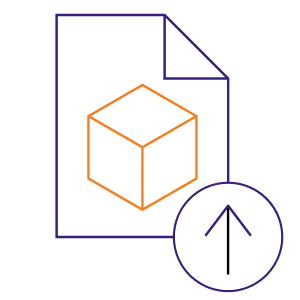
Share Your Files
We’ll sign an MNDA and assess manufacturability for free.

Recieve A Quote
Clear pricing and lead times, no
surprises.

Place Your Order
Lock in production and move forward with confidence.
Get A Quote Now and let’s build smarter, faster, and stronger — together.
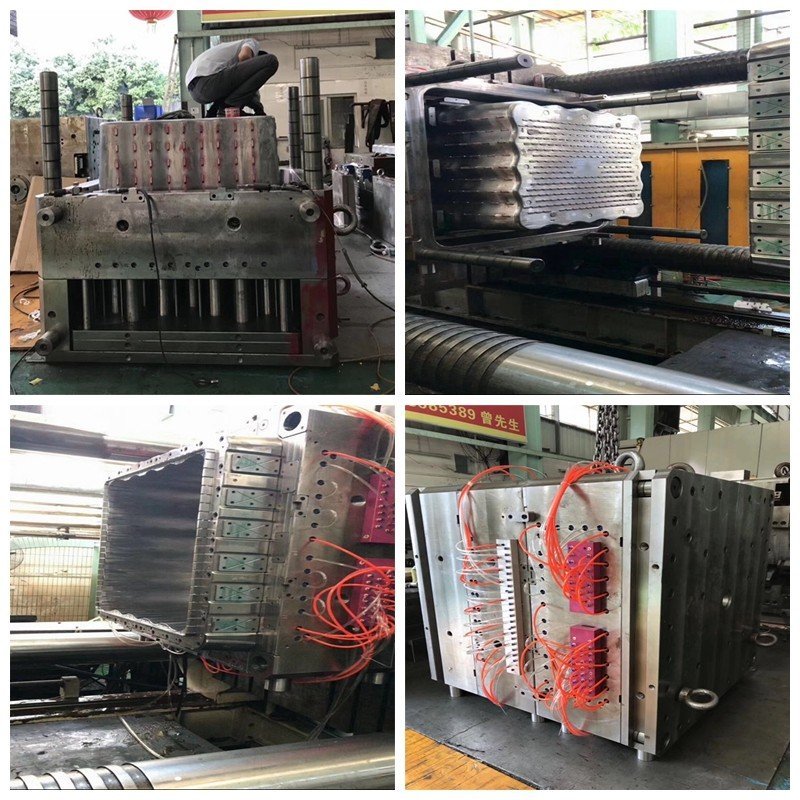
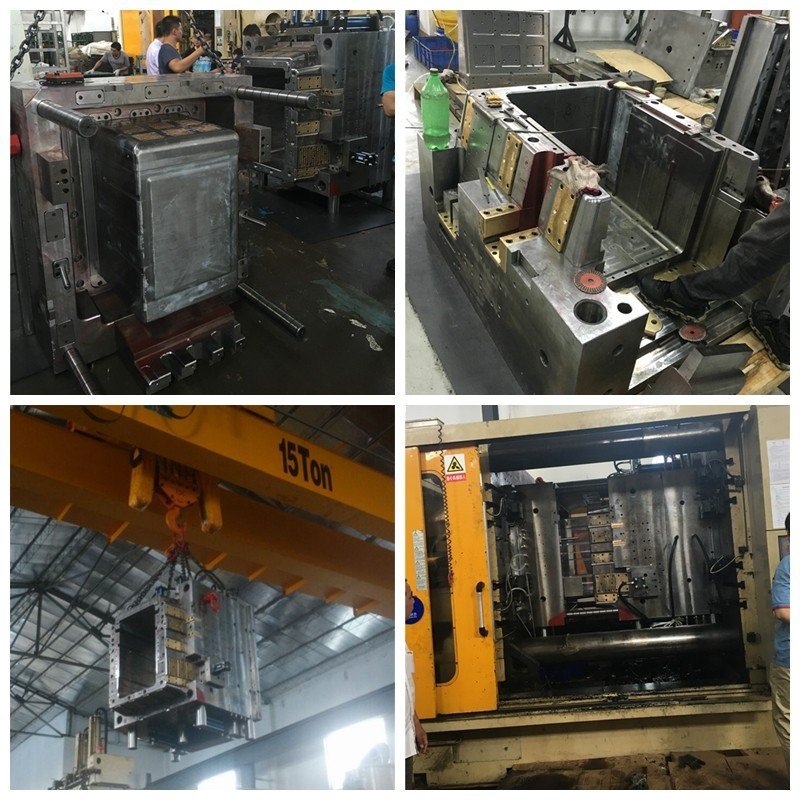
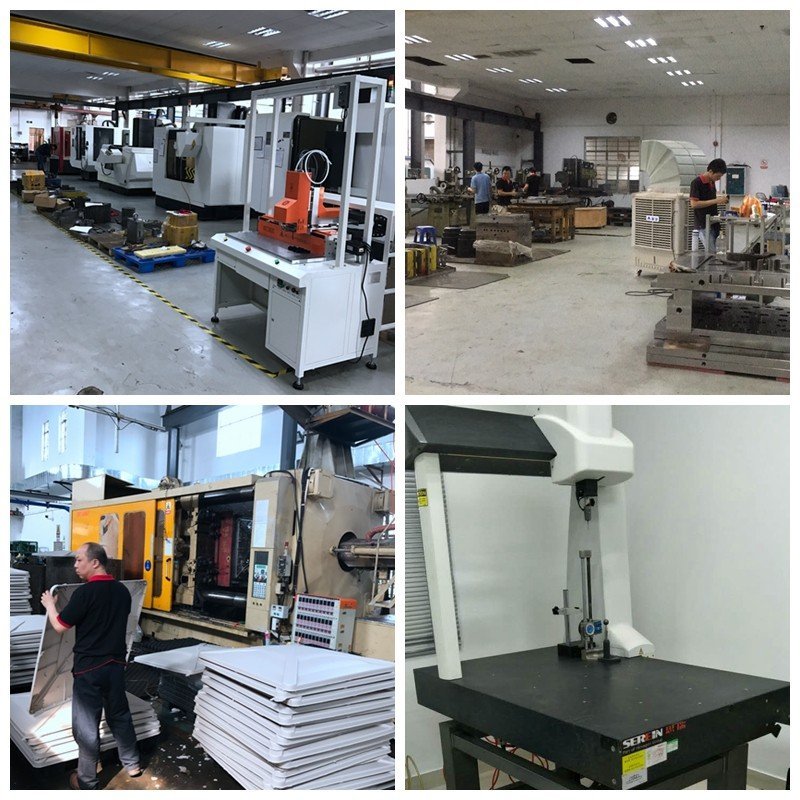
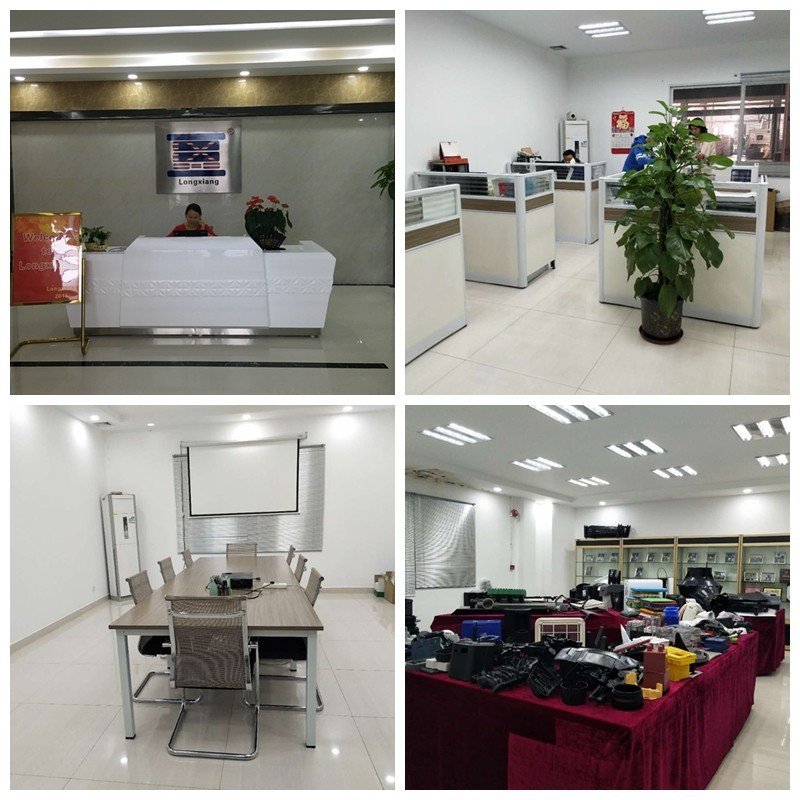
Our Testimonials
our client say's
At LXG Mold Tooling, we believe great products start with great tools. As a global leader in injection mold tooling and high-precision plastic manufacturing, we’ve built our reputation on quality, speed, and trust.
Founded in 2000 as part of LongXiang-Ltd, our company has grown into one of China’s most reputable mold-making and injection molding partners. With a 5,000 sq. meter facility, 120+ skilled professionals, and state-of-the-art equipment, we provide end-to-end solutions — from concept validation and rapid tooling injection molding prototypes to mass production with durable injection molding tools.
